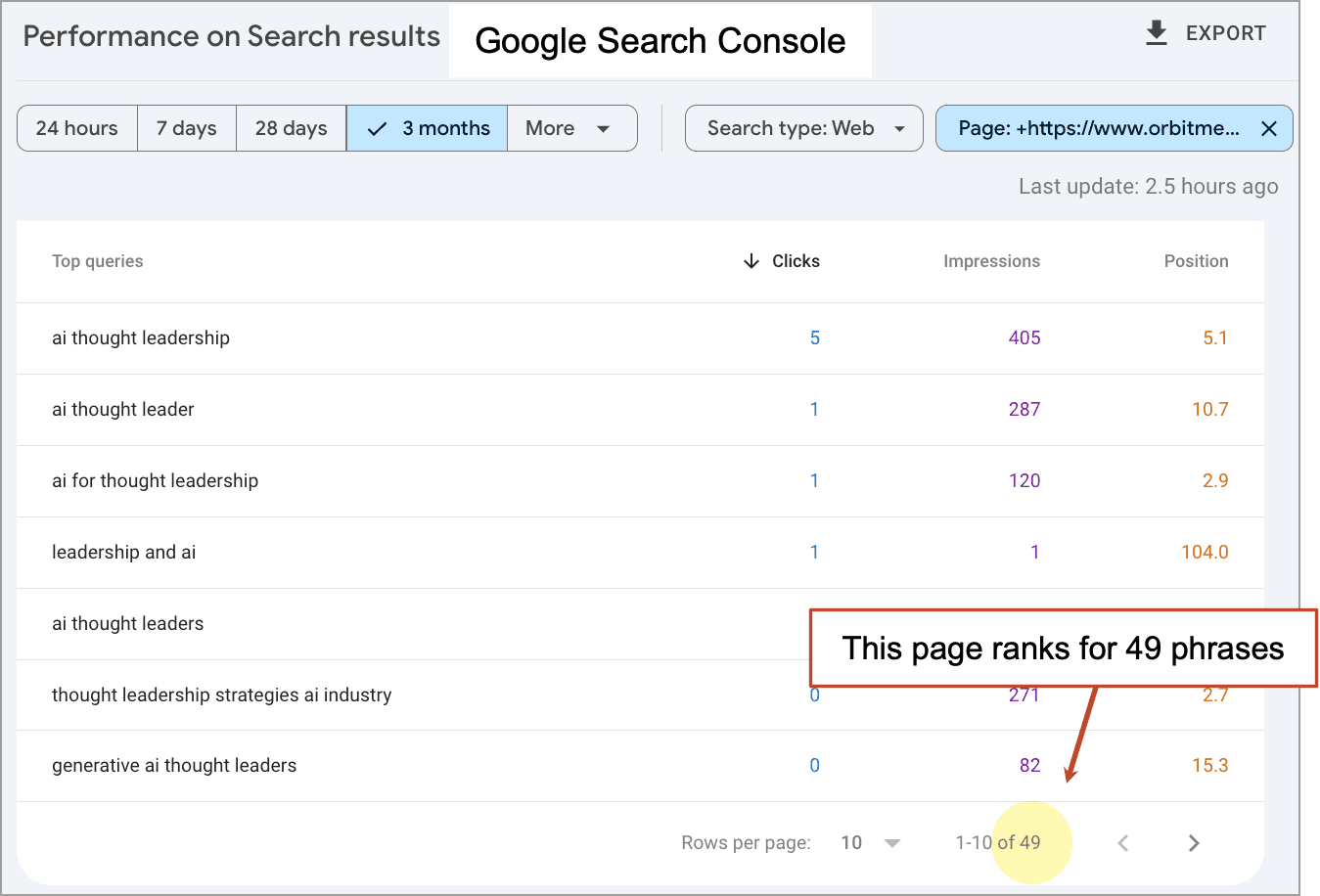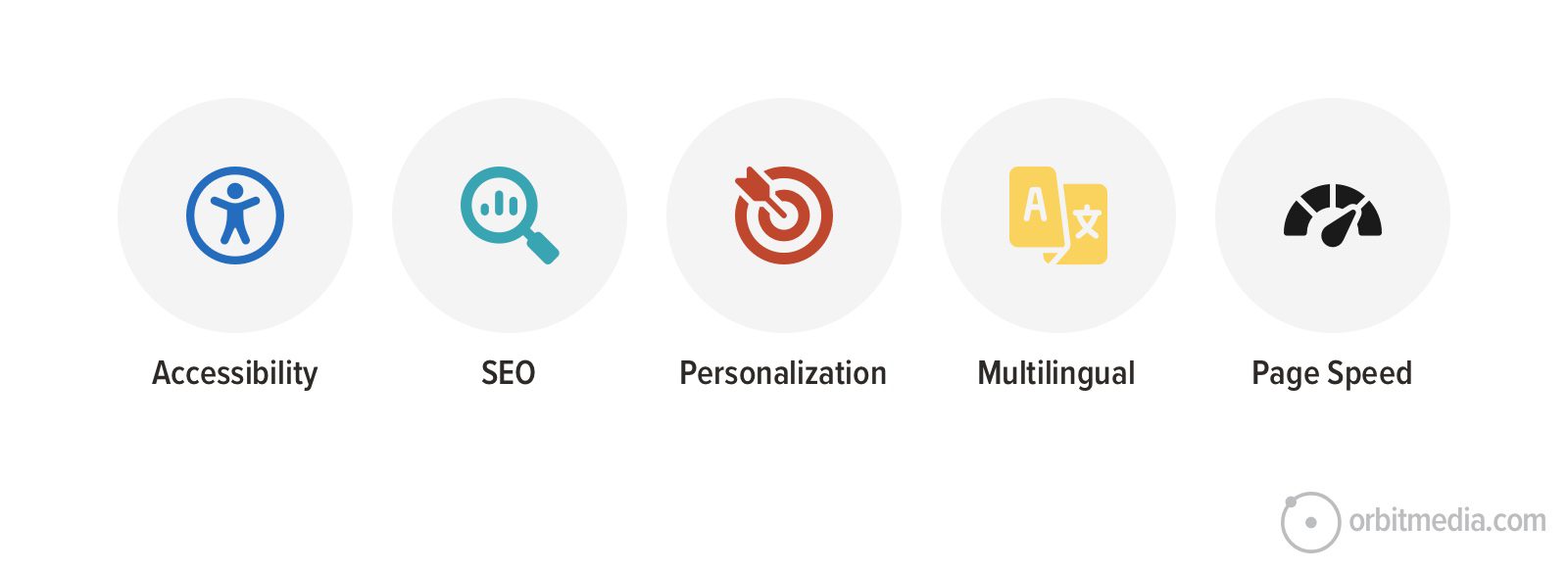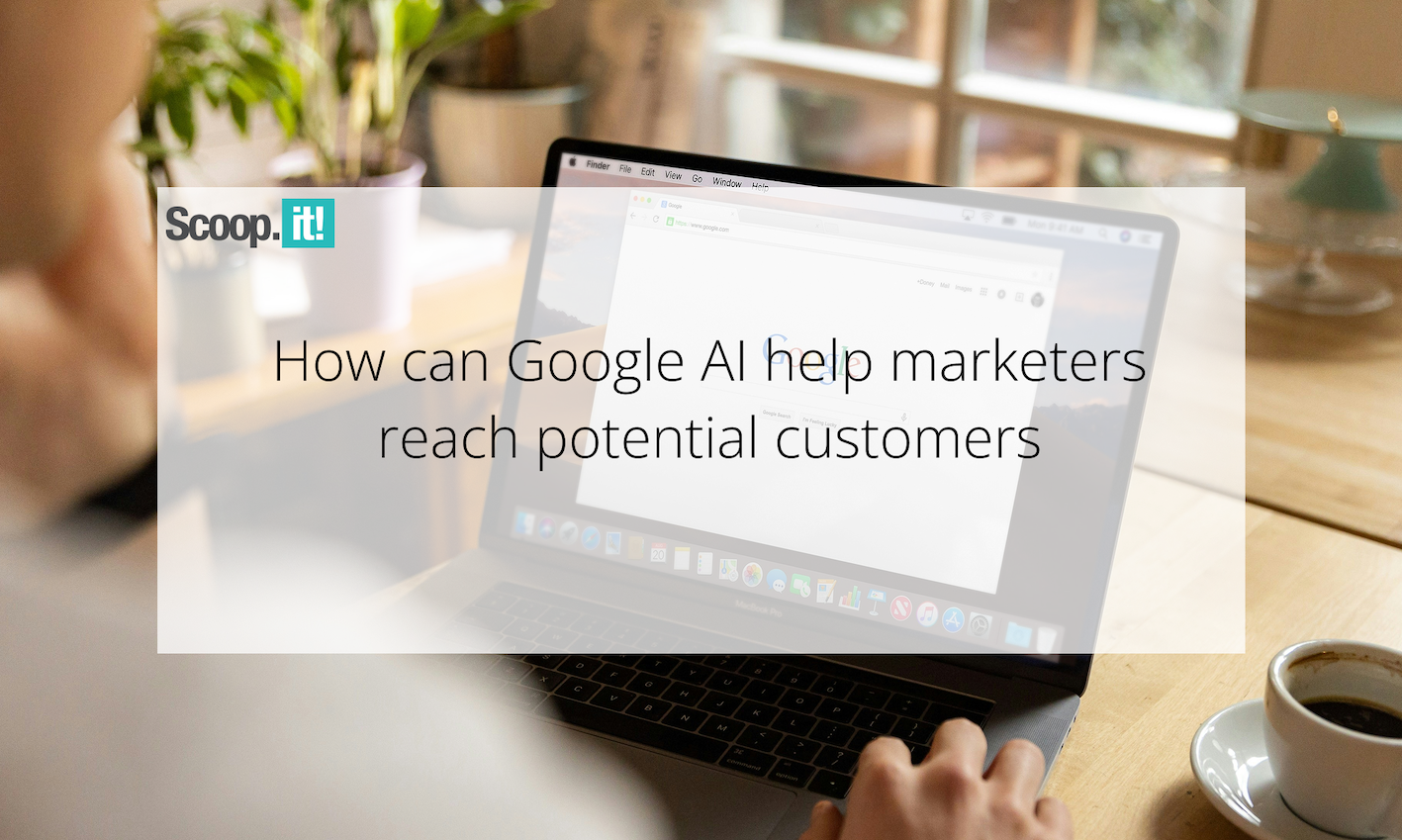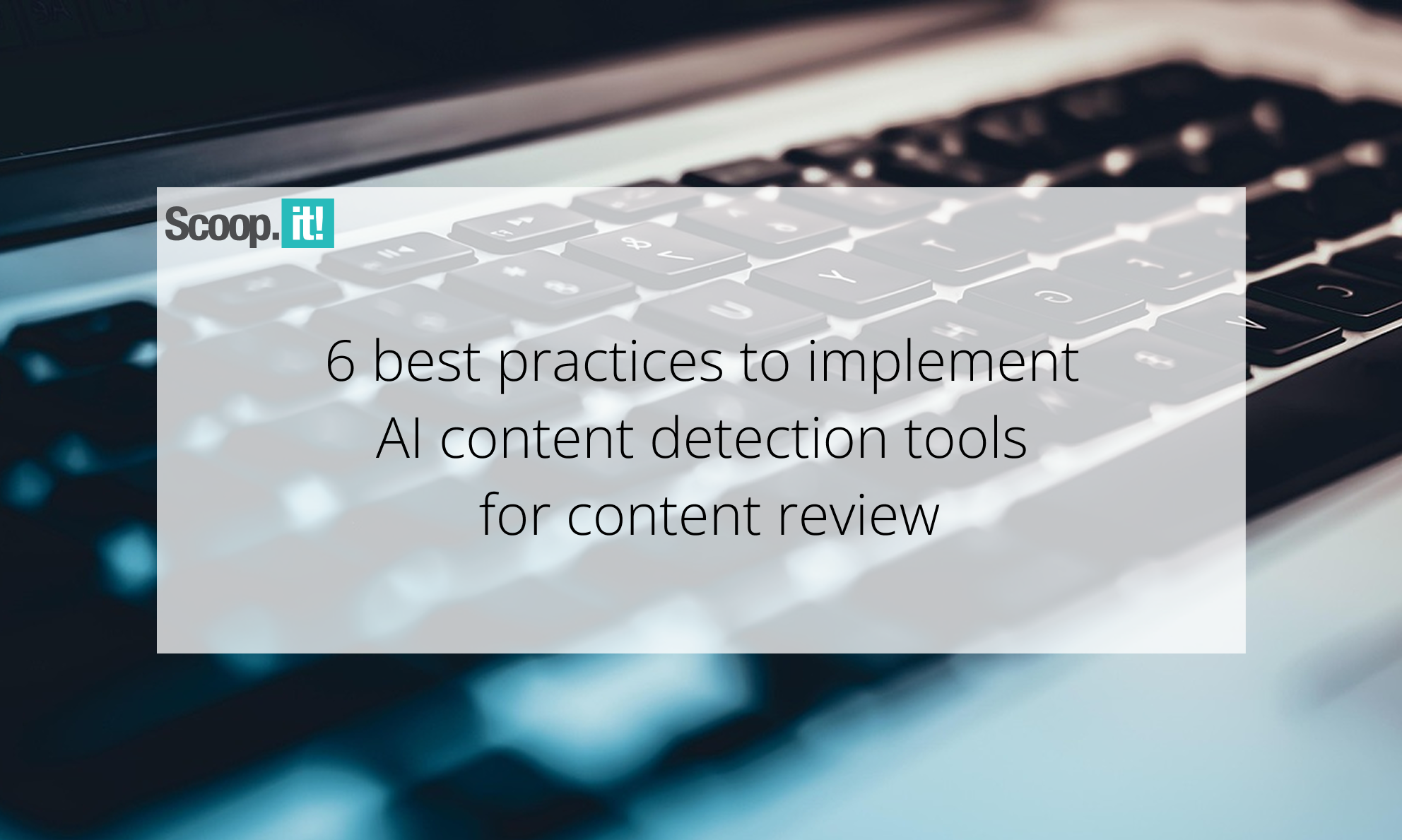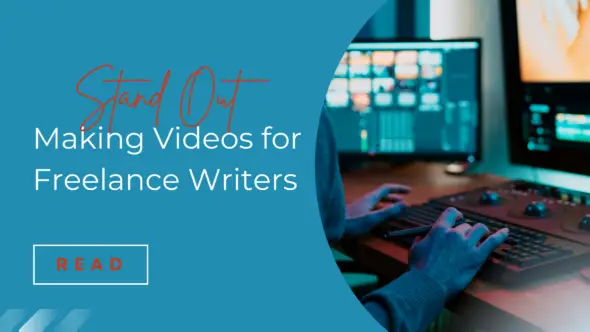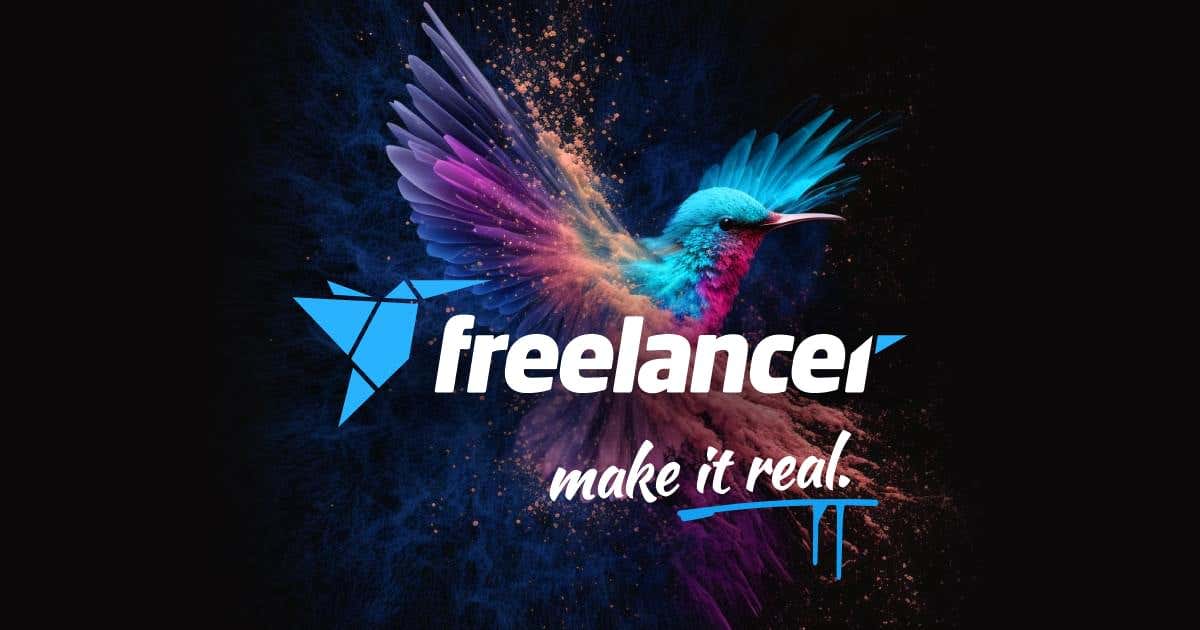What the White House’s new press credentialing policy means
The White House’s recent decision to grant press credentials to independent journalists, podcasters, and social media influencers marks a defining moment in the evolution of modern media. It acknowledges a reality that has been unfolding for years: How people consume information has fundamentally changed. For years, traditional media outlets have been the primary gatekeepers of news and information. Today, the landscape is fragmented, dynamic, and decentralized. Millions of people now turn to independent content creators, newsletters, and podcasts—often in place of mainstream news sources. This shift raises essential opportunities and challenges for companies and executives navigating today’s complex media environment. It’s no longer enough to focus solely on securing a headline in The Wall Street Journal or The New York Times. Brands must now consider a broader media strategy that embraces both traditional outlets and the increasingly influential world of digital-first journalism. But with this new ecosystem comes a critical question: What does credibility look like in a fractured media landscape? The new credibility equation For decades, legacy news organizations have been built on a foundation of editorial rigor, fact-checking, and accountability. Their reputations were shaped by rigorous journalistic standards and the trust they cultivated over time. Meanwhile, digital-native journalists and independent voices have built influence through transparency, authenticity, and direct engagement with their audiences. These two worlds—traditional journalism and the creator-driven media ecosystem—are now colliding. The rise of Substack writers with niche but highly engaged followings, YouTubers who command audiences in the millions, and podcasters shaping public discourse means companies must rethink their media approach. This shift makes it more critical than ever to scrutinize who is shaping the narrative and how companies engage with them. The days of assuming that credibility is tied only to newsroom mastheads are over. Today, credibility is about trust—and trust is built differently across different platforms. Traditional media still matters—but it’s not enough Despite the rapid changes in how people consume information, traditional media remains critical—and for good reason. Legacy outlets’ journalistic rigor, editorial accountability, and broad reach continue to make them essential players in shaping public perception. However, traditional media is under immense pressure. Shrinking newsrooms, declining ad revenue, and increased financial strain have led to fewer reporters covering more topics with less time. Many once-dominant outlets have had to pivot toward subscription models or lean into digital strategies just to survive. This means fewer opportunities for companies to secure high-impact, in-depth coverage from traditional newsrooms. In this environment, relying solely on traditional media is no longer viable. Companies must balance traditional earned media with owned content and engagement with non-traditional outlets. Those who do will be in the strongest position to shape and control their narratives. What this means for strategic communications As strategic communicators, our role is not just to secure media coverage—it’s to ensure the right message reaches the right audience through the right medium and with the right voices. This means taking a more nuanced approach in a world where influence is distributed across a diverse range of platforms. Here’s how companies should be thinking about media strategy in this new era: 1. Expand your definition of media The traditional definition of “earned media” has changed. Companies must now balance legacy media’s historical rigor with independent voices’ growing influence. That means evaluating a broader range of outlets, from traditional newspapers to influential newsletters, YouTube channels, and LinkedIn thought leaders. Reaching audiences effectively requires meeting them where they are. For younger generations, that might mean TikTok explainers or long-form podcasts rather than a story in a top-tier news outlet. To reach more specific B2B audiences, it could mean a niche Substack written by an insider rather than a mainstream business publication. Companies that fail to expand their media strategy risk missing out on key audiences who no longer consume information in traditional ways. 2. Prioritize journalistic integrity—vetting matters While the range of credible media voices has expanded, the core principles of credibility remain the same. Companies must vet every media opportunity—whether it’s an interview with a top-tier publication, a widely followed YouTuber, or an independent podcaster. The key questions to ask: What is their reputation for accuracy and fairness? How do they engage with their audience? Do they have a history of sensationalism or misinformation? Credibilit

The White House’s recent decision to grant press credentials to independent journalists, podcasters, and social media influencers marks a defining moment in the evolution of modern media. It acknowledges a reality that has been unfolding for years: How people consume information has fundamentally changed.
For years, traditional media outlets have been the primary gatekeepers of news and information. Today, the landscape is fragmented, dynamic, and decentralized. Millions of people now turn to independent content creators, newsletters, and podcasts—often in place of mainstream news sources. This shift raises essential opportunities and challenges for companies and executives navigating today’s complex media environment. It’s no longer enough to focus solely on securing a headline in The Wall Street Journal or The New York Times. Brands must now consider a broader media strategy that embraces both traditional outlets and the increasingly influential world of digital-first journalism.
But with this new ecosystem comes a critical question: What does credibility look like in a fractured media landscape?
The new credibility equation
For decades, legacy news organizations have been built on a foundation of editorial rigor, fact-checking, and accountability. Their reputations were shaped by rigorous journalistic standards and the trust they cultivated over time. Meanwhile, digital-native journalists and independent voices have built influence through transparency, authenticity, and direct engagement with their audiences.
These two worlds—traditional journalism and the creator-driven media ecosystem—are now colliding. The rise of Substack writers with niche but highly engaged followings, YouTubers who command audiences in the millions, and podcasters shaping public discourse means companies must rethink their media approach.
This shift makes it more critical than ever to scrutinize who is shaping the narrative and how companies engage with them. The days of assuming that credibility is tied only to newsroom mastheads are over. Today, credibility is about trust—and trust is built differently across different platforms.
Traditional media still matters—but it’s not enough
Despite the rapid changes in how people consume information, traditional media remains critical—and for good reason. Legacy outlets’ journalistic rigor, editorial accountability, and broad reach continue to make them essential players in shaping public perception.
However, traditional media is under immense pressure. Shrinking newsrooms, declining ad revenue, and increased financial strain have led to fewer reporters covering more topics with less time. Many once-dominant outlets have had to pivot toward subscription models or lean into digital strategies just to survive. This means fewer opportunities for companies to secure high-impact, in-depth coverage from traditional newsrooms.
In this environment, relying solely on traditional media is no longer viable. Companies must balance traditional earned media with owned content and engagement with non-traditional outlets. Those who do will be in the strongest position to shape and control their narratives.
What this means for strategic communications
As strategic communicators, our role is not just to secure media coverage—it’s to ensure the right message reaches the right audience through the right medium and with the right voices. This means taking a more nuanced approach in a world where influence is distributed across a diverse range of platforms.
Here’s how companies should be thinking about media strategy in this new era:
1. Expand your definition of media
The traditional definition of “earned media” has changed. Companies must now balance legacy media’s historical rigor with independent voices’ growing influence. That means evaluating a broader range of outlets, from traditional newspapers to influential newsletters, YouTube channels, and LinkedIn thought leaders.
Reaching audiences effectively requires meeting them where they are. For younger generations, that might mean TikTok explainers or long-form podcasts rather than a story in a top-tier news outlet. To reach more specific B2B audiences, it could mean a niche Substack written by an insider rather than a mainstream business publication.
Companies that fail to expand their media strategy risk missing out on key audiences who no longer consume information in traditional ways.
2. Prioritize journalistic integrity—vetting matters
While the range of credible media voices has expanded, the core principles of credibility remain the same. Companies must vet every media opportunity—whether it’s an interview with a top-tier publication, a widely followed YouTuber, or an independent podcaster.
The key questions to ask:
- What is their reputation for accuracy and fairness?
- How do they engage with their audience?
- Do they have a history of sensationalism or misinformation?
Credibility should not be sacrificed for reach. While a viral podcast might attract an attractive audience, if it lacks journalistic integrity, the long-term reputational risks outweigh the short-term exposure.
3. Own your narrative through direct storytelling
With more voices shaping the public conversation, companies must take greater control of their messaging. That means investing in owned media channels—blogs, newsletters, corporate podcasts, and executive platforms—to provide direct, unfiltered context.
A strong owned media strategy allows companies to:
- Reinforce key messages consistently
- Provide additional context to paint the whole picture
- Build direct relationships with key audiences
Executives who consistently engage on LinkedIn, for example—sharing insights, reactions to news, and original analysis—are positioning themselves as trusted sources in their industries. In doing so, they’re not just relying on traditional media to tell their story—they’re actively shaping it.
The future of media engagement
The evolution of media is exciting and complex. In the years ahead, the companies that embrace this shift rather than resist it will shape the narrative. This new landscape offers unprecedented opportunities to connect with audiences more directly and meaningfully. However, it also demands a new level of discernment, strategic thinking, and adaptability.
Companies must now balance the credibility and rigor of traditional media with the authenticity and engagement of independent voices while strengthening their channels for direct storytelling. Those who can do this effectively will not only navigate the new media world but also help define it.
Tyler Perry is co-CEO of Mission North.








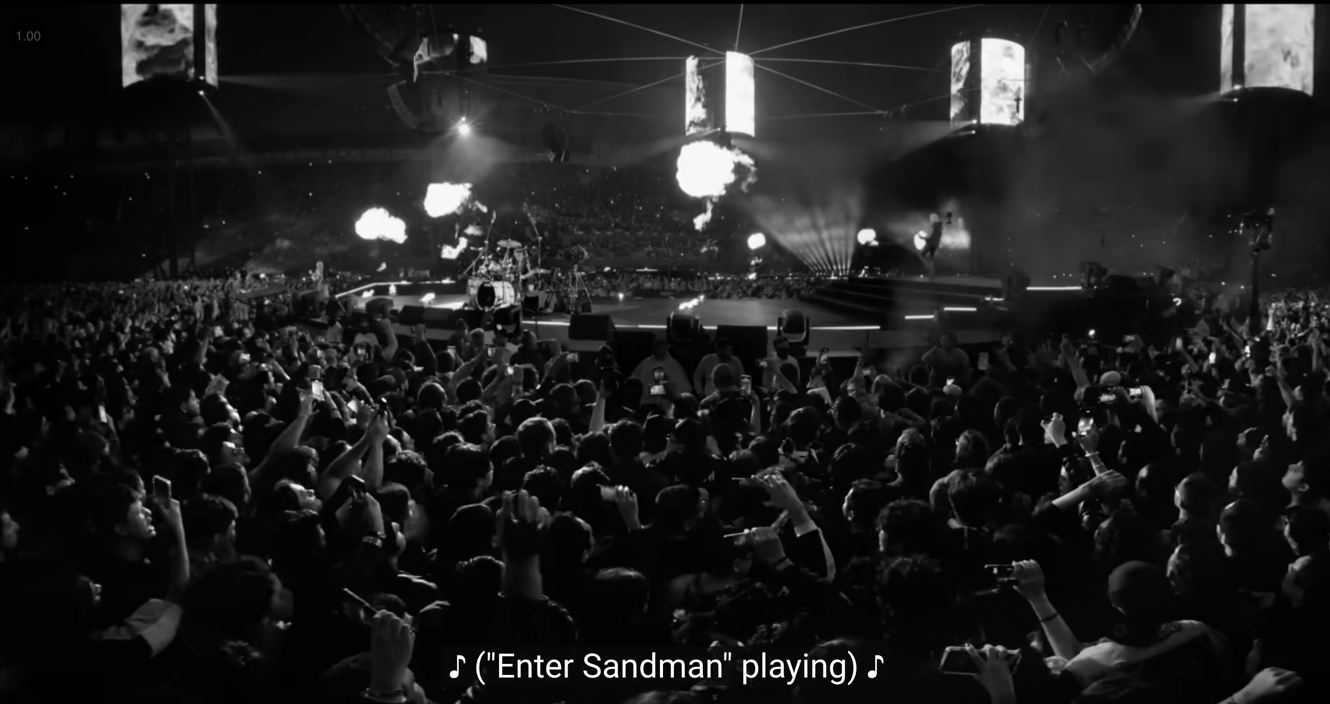

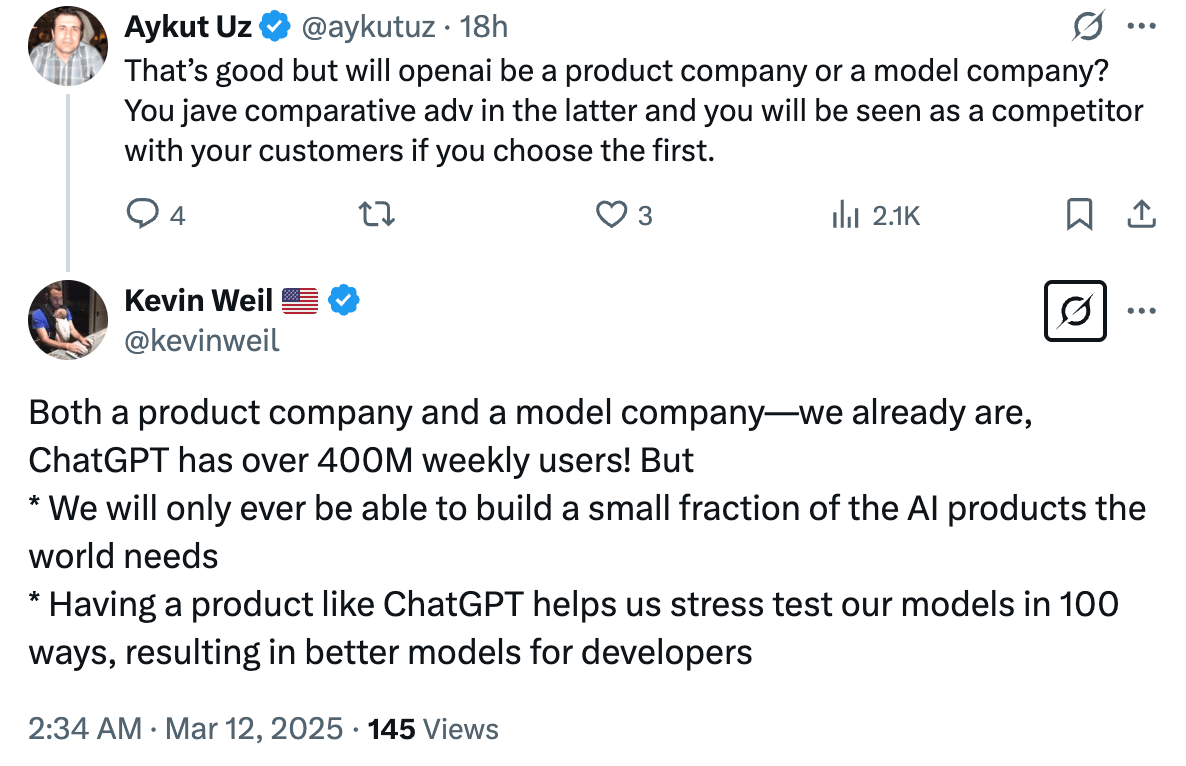







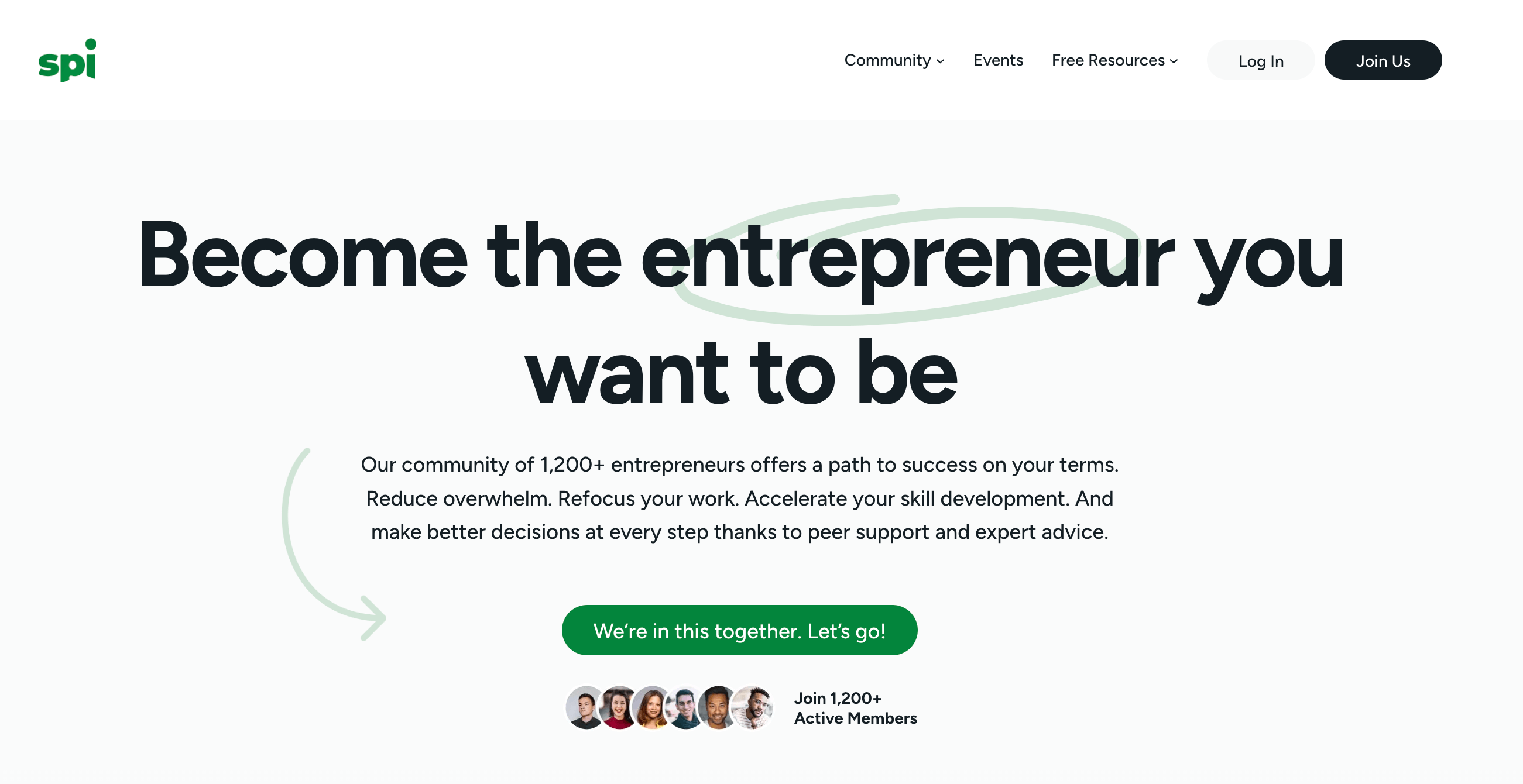



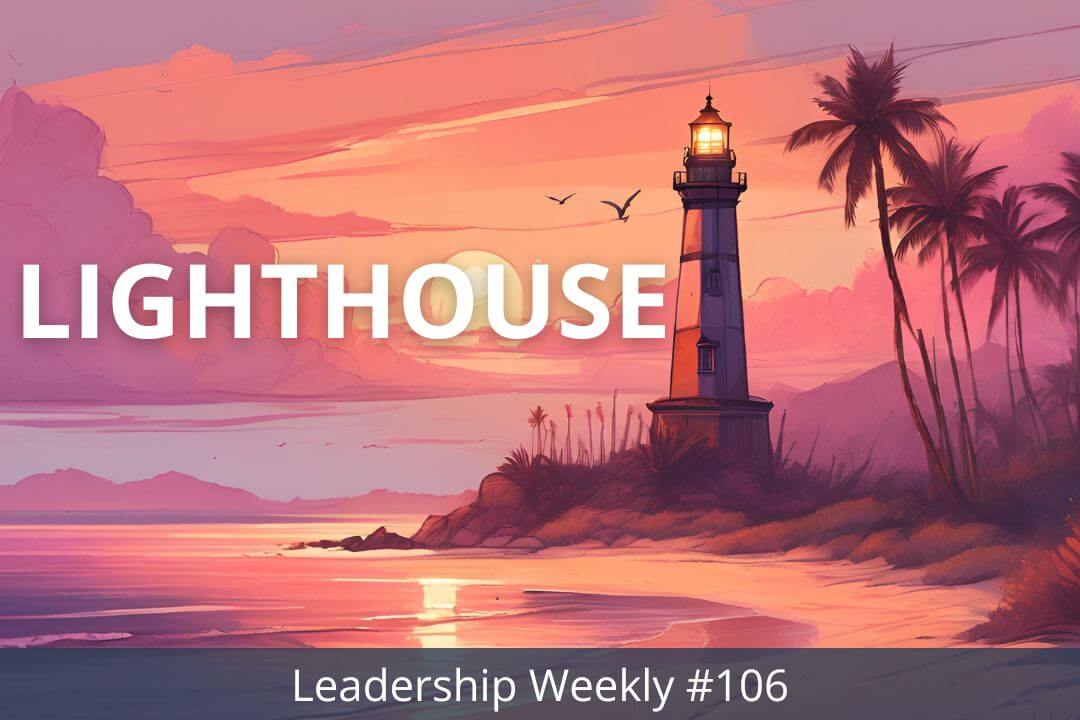

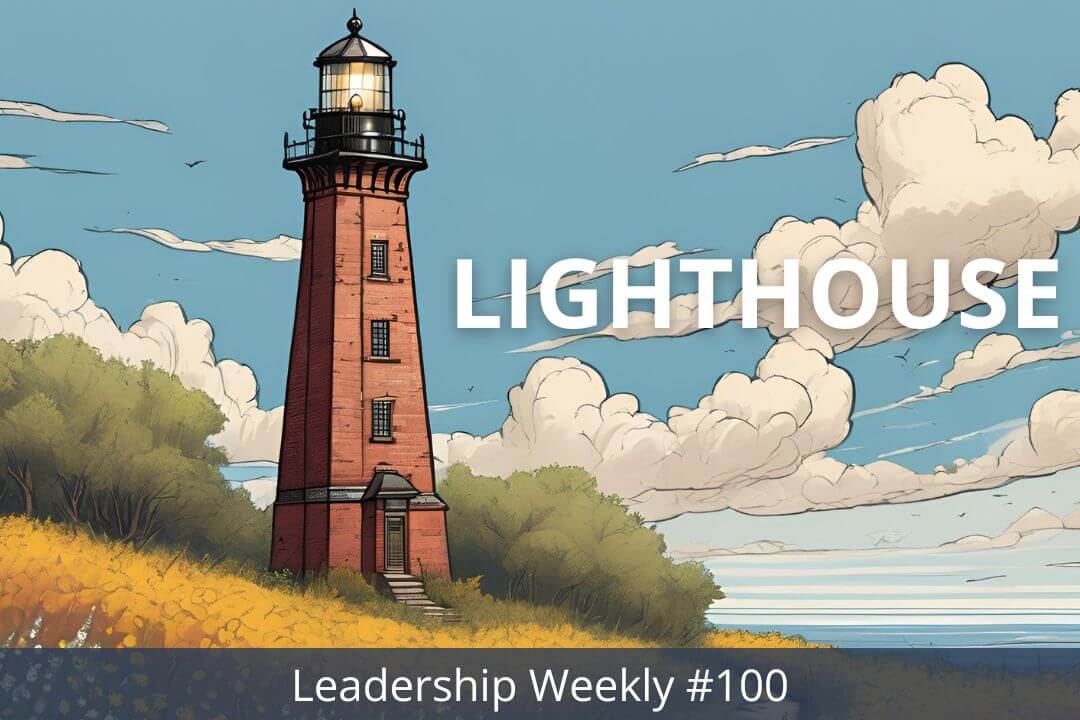
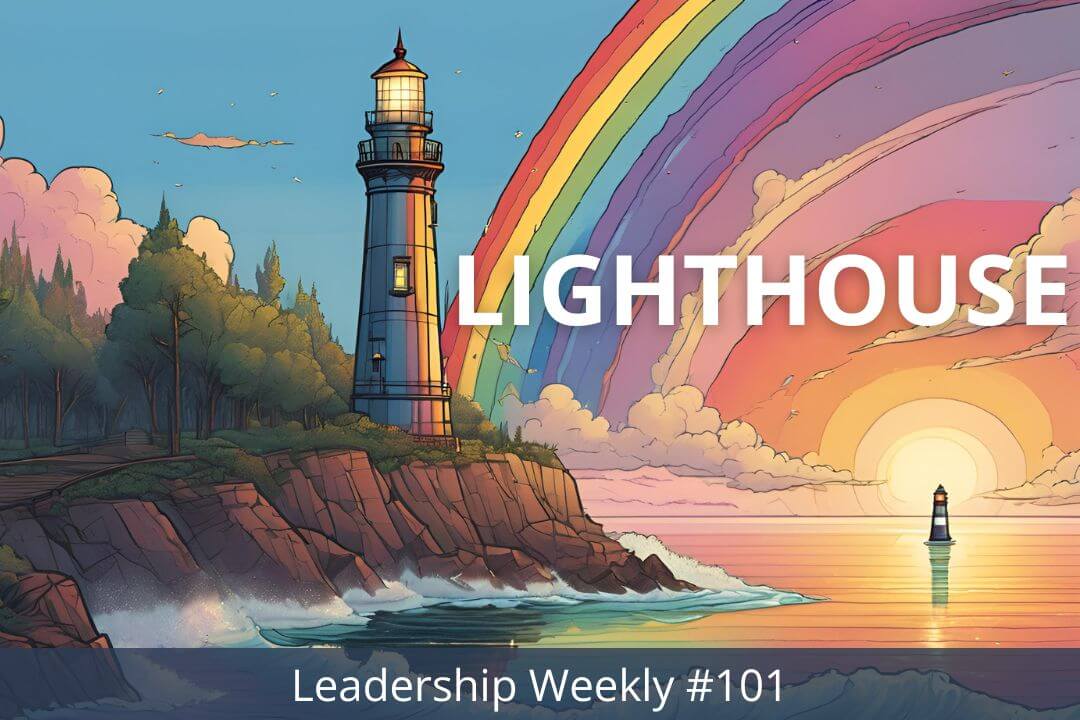


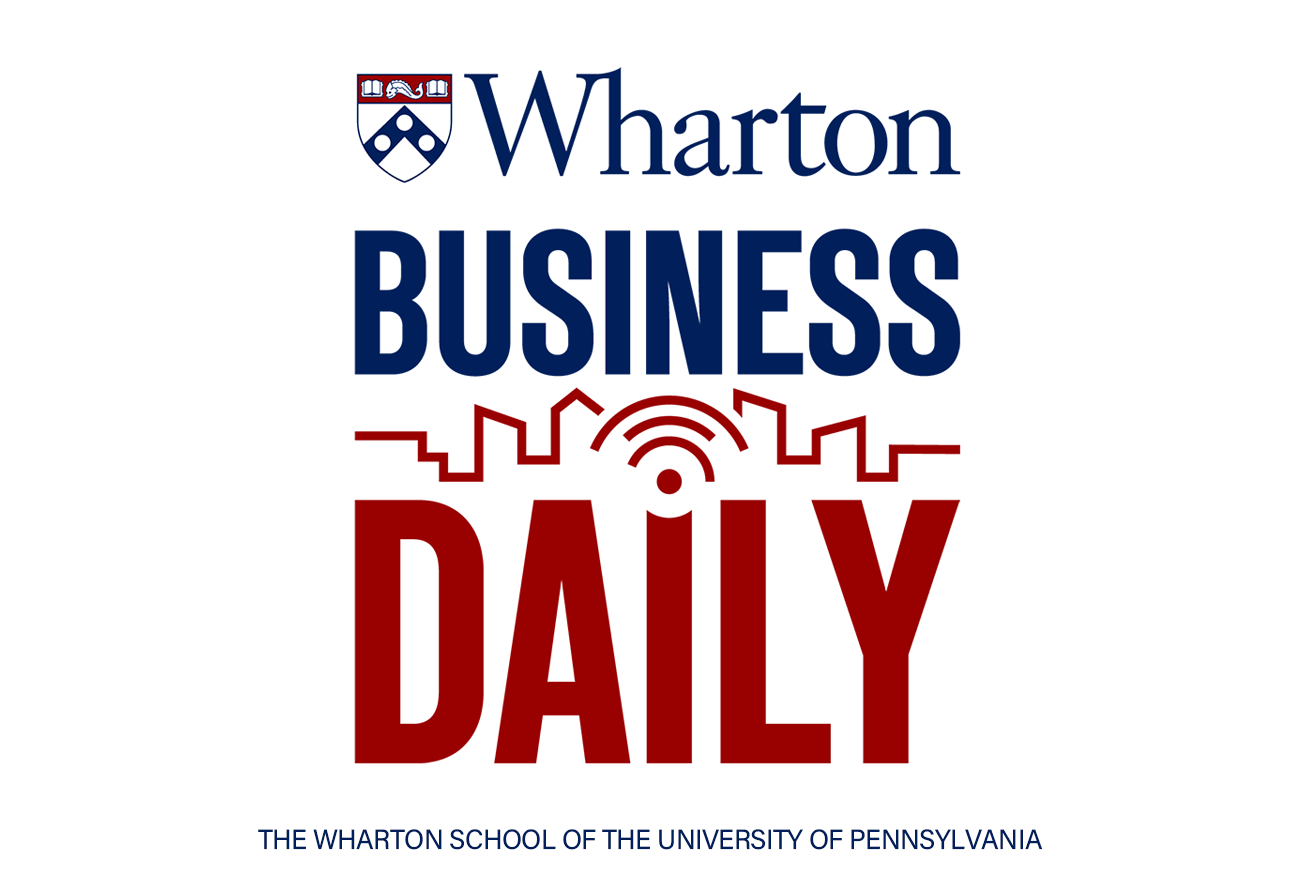










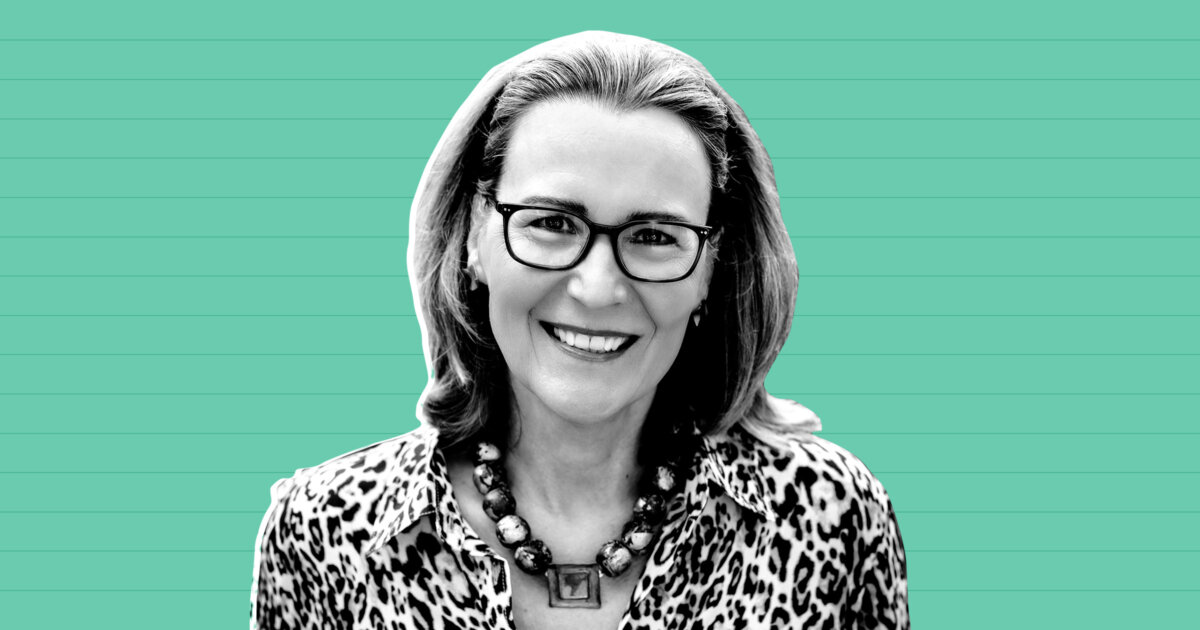
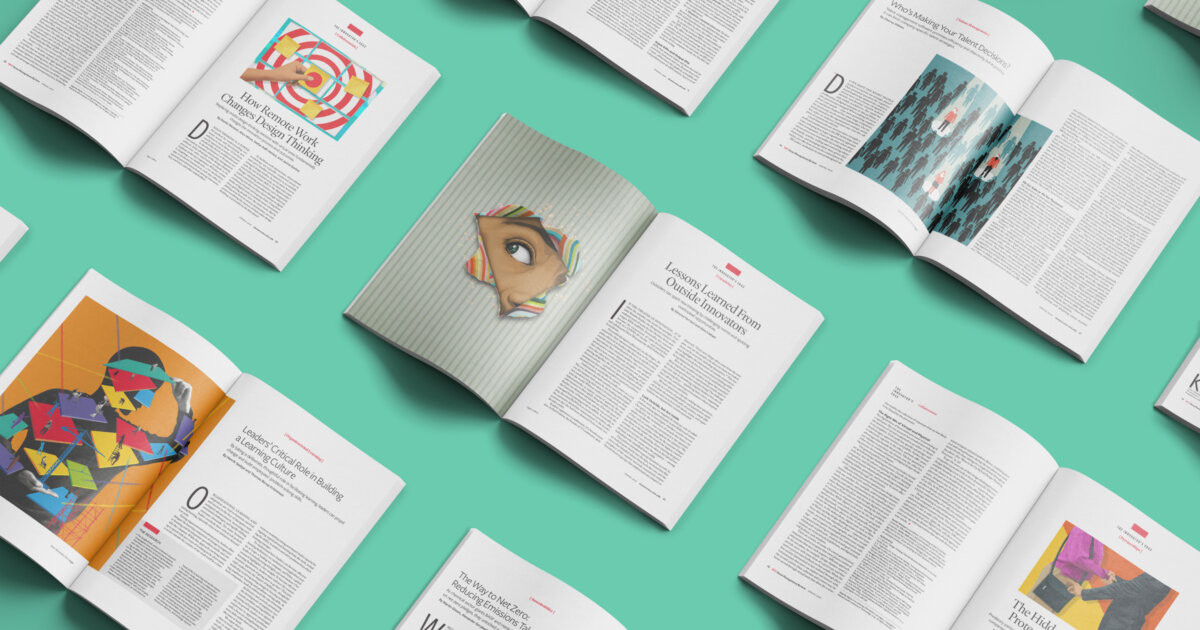




















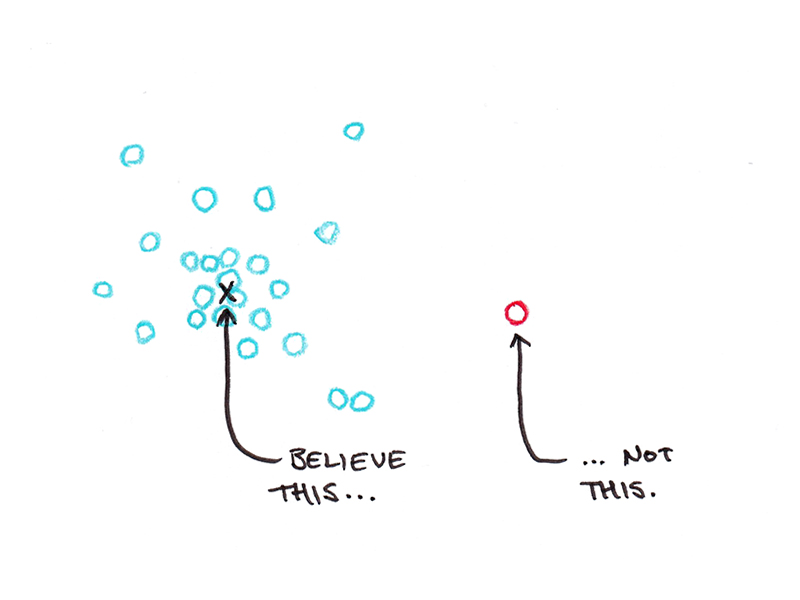



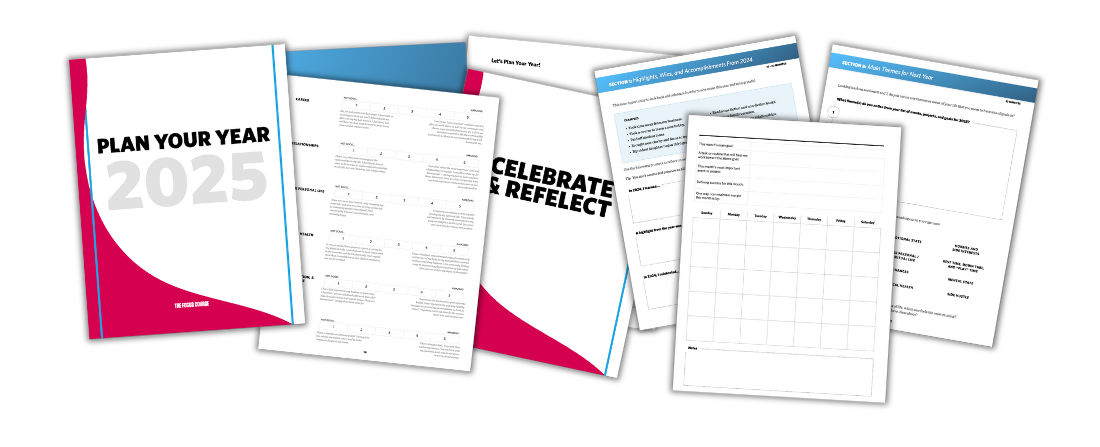







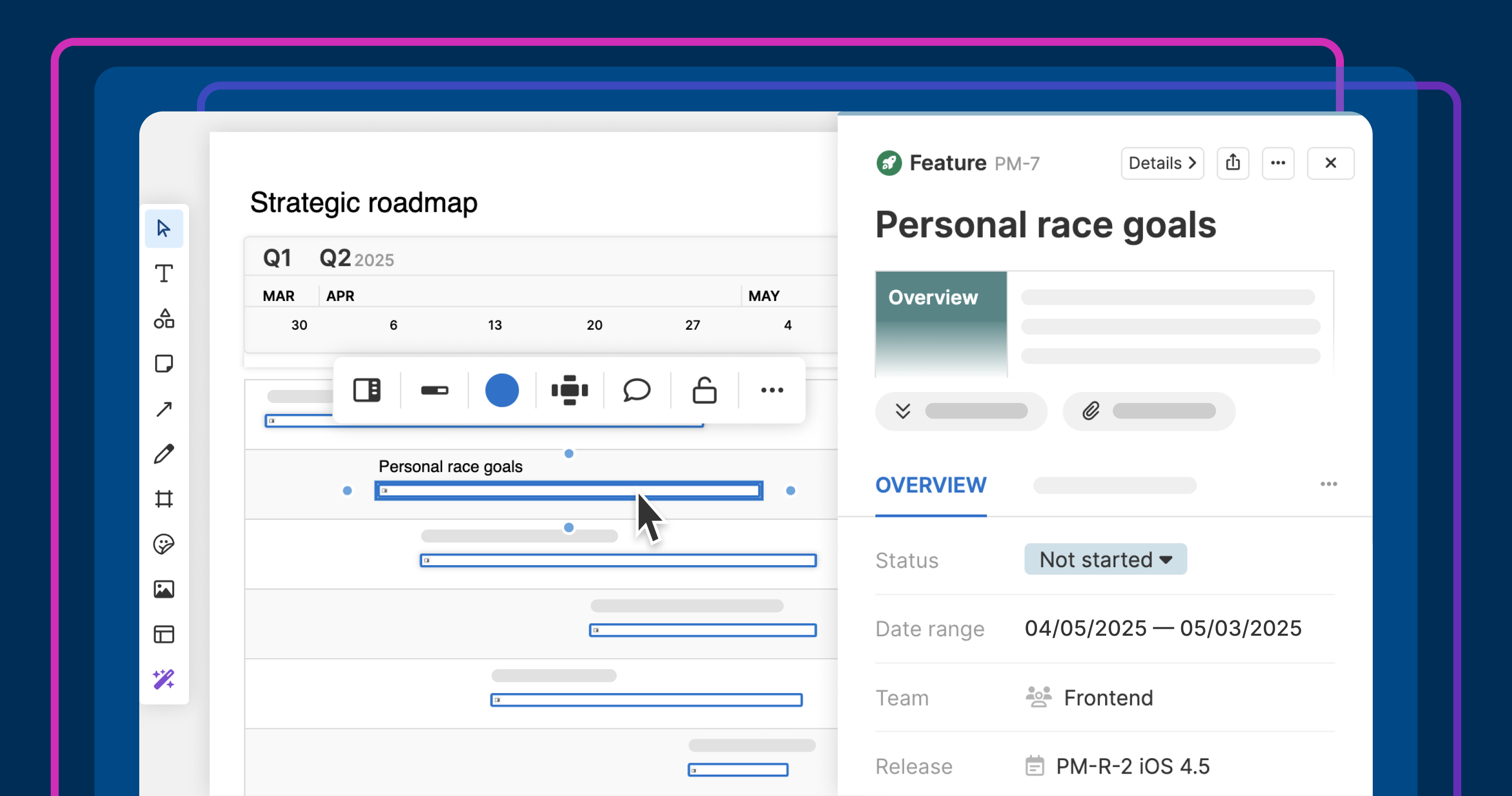
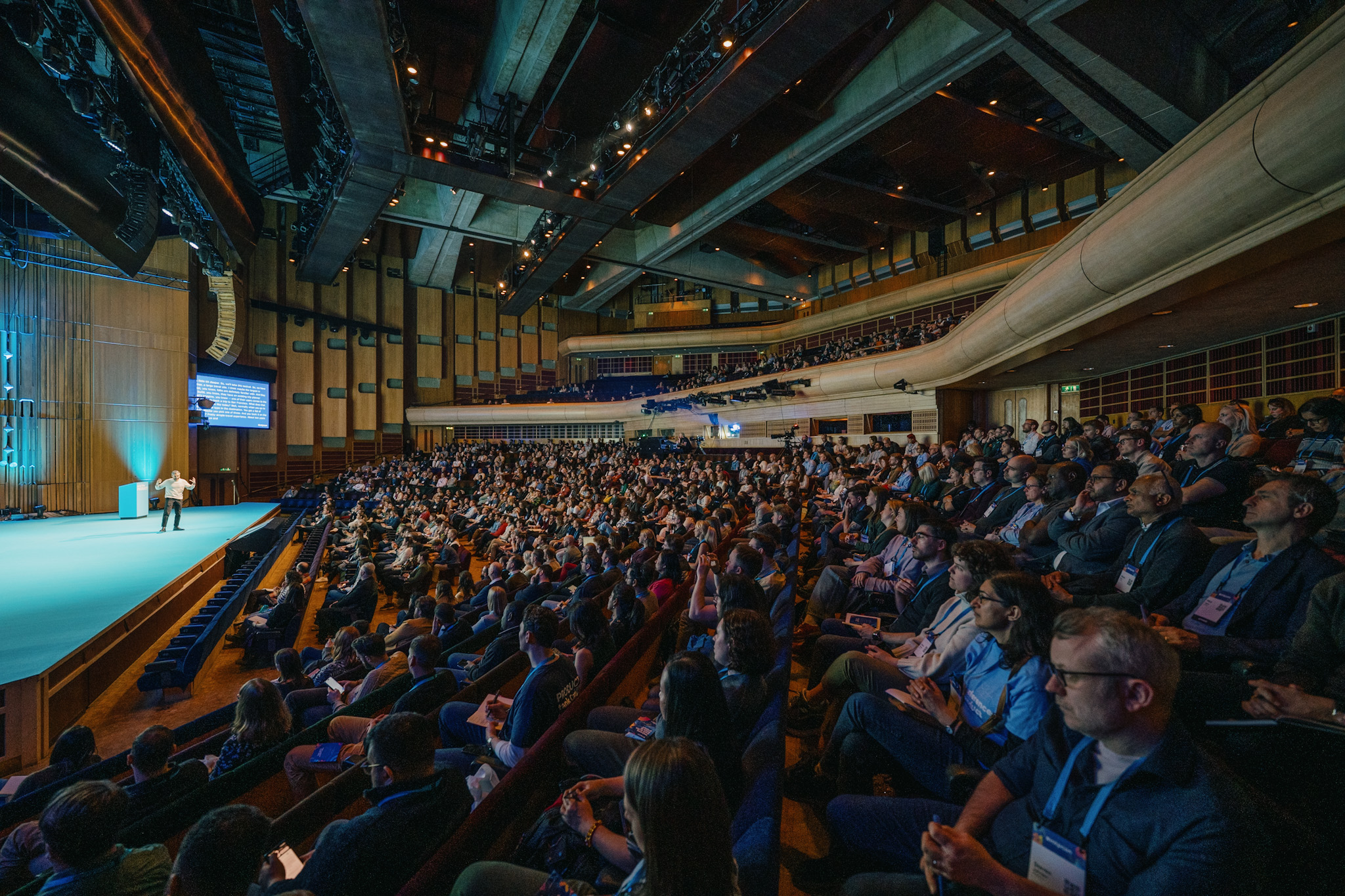

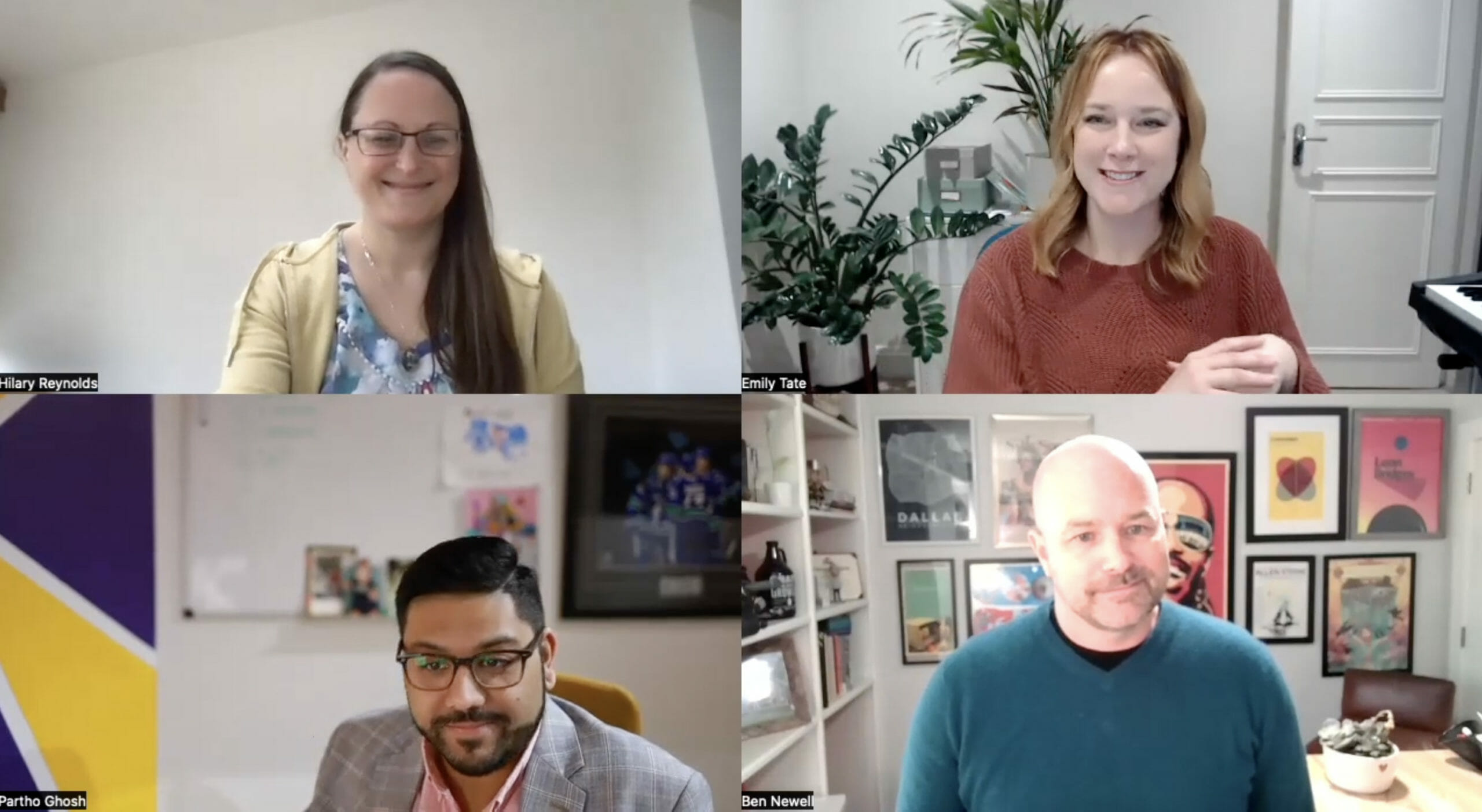
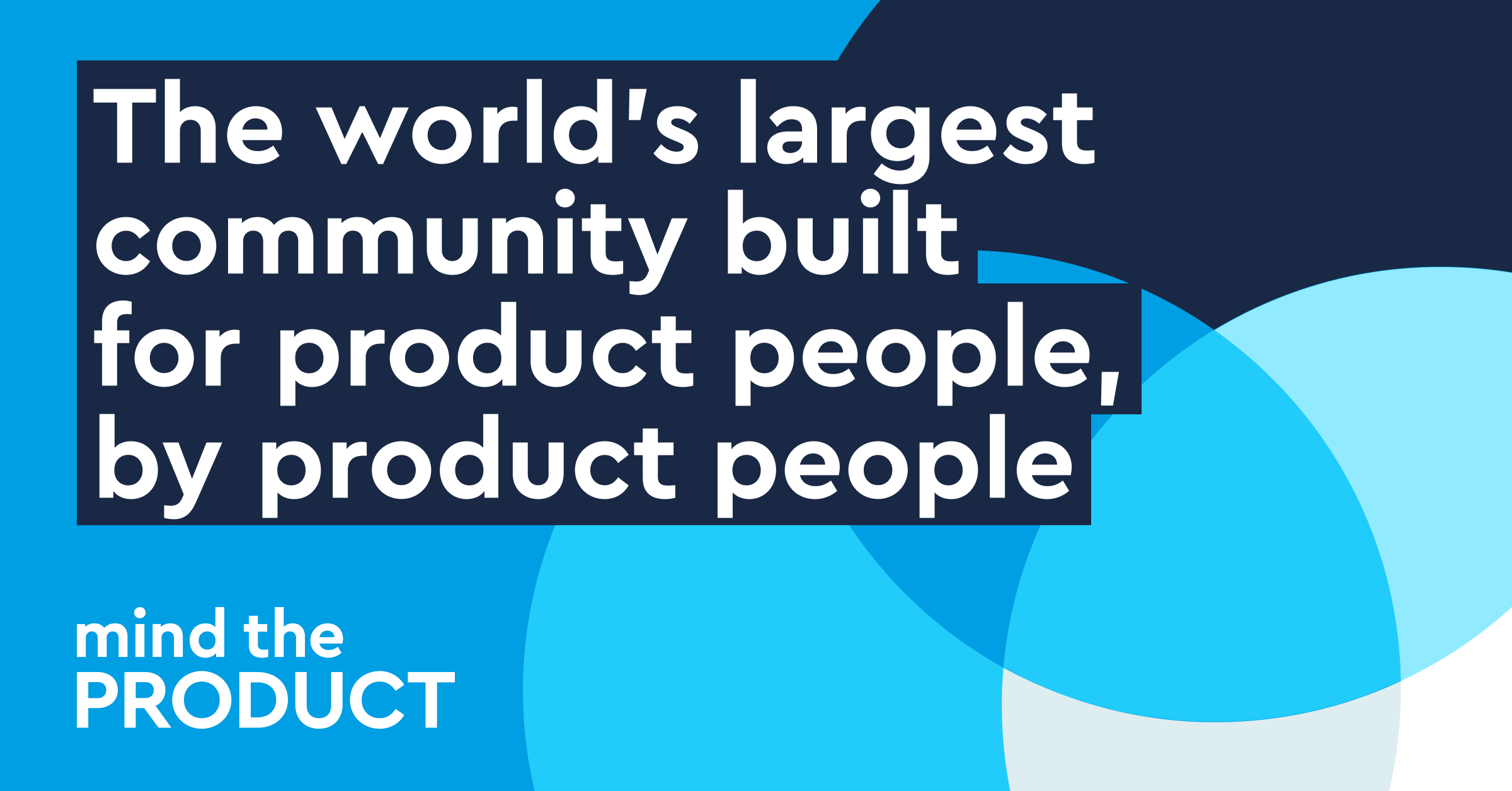
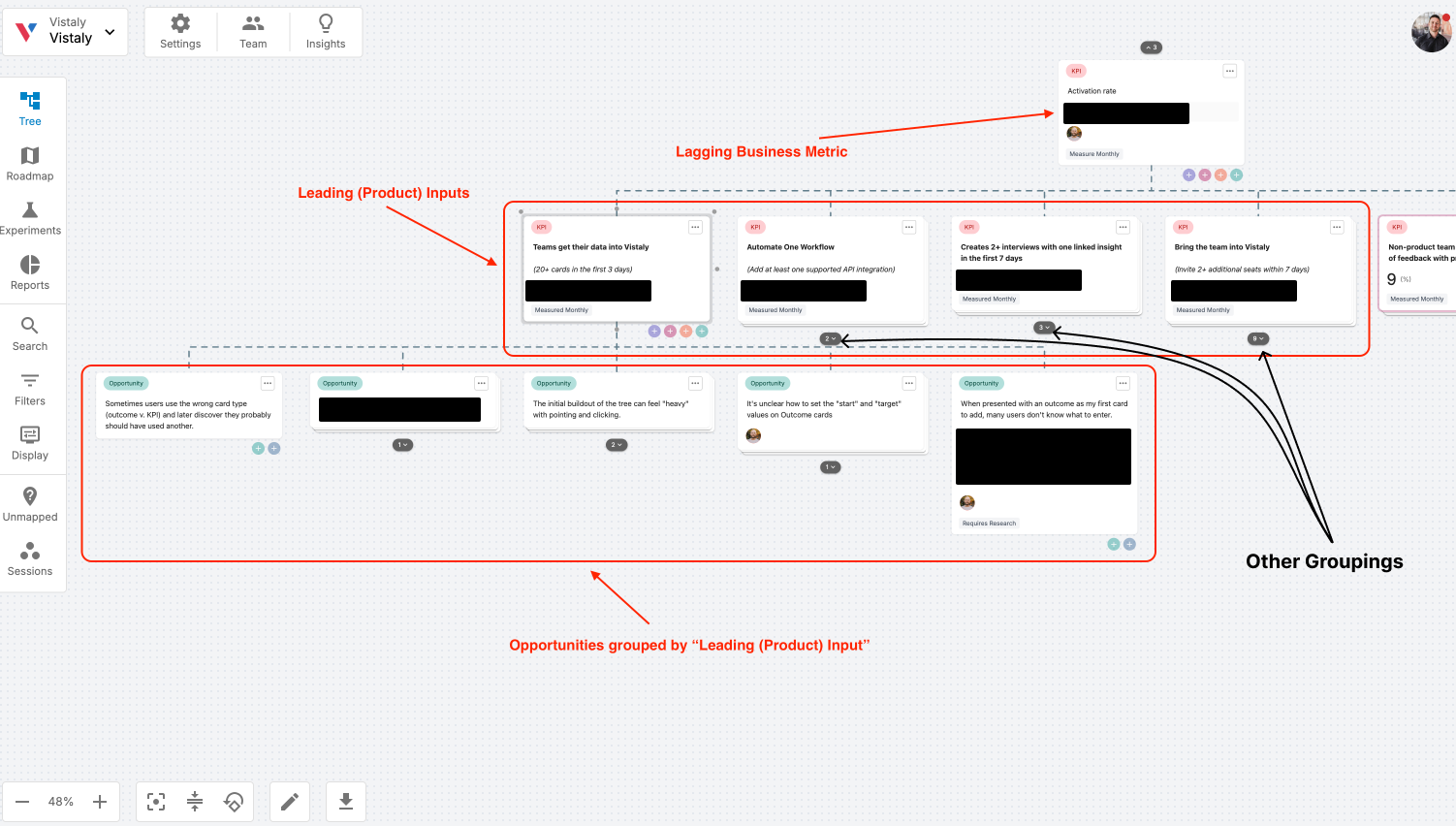
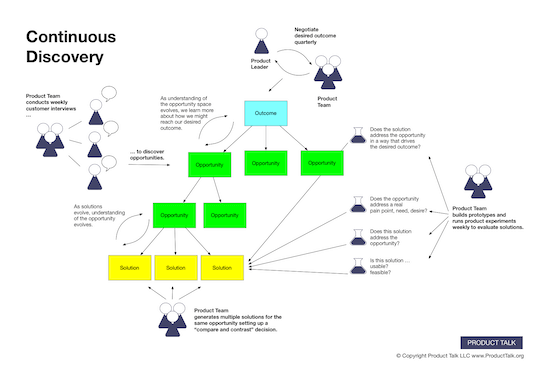
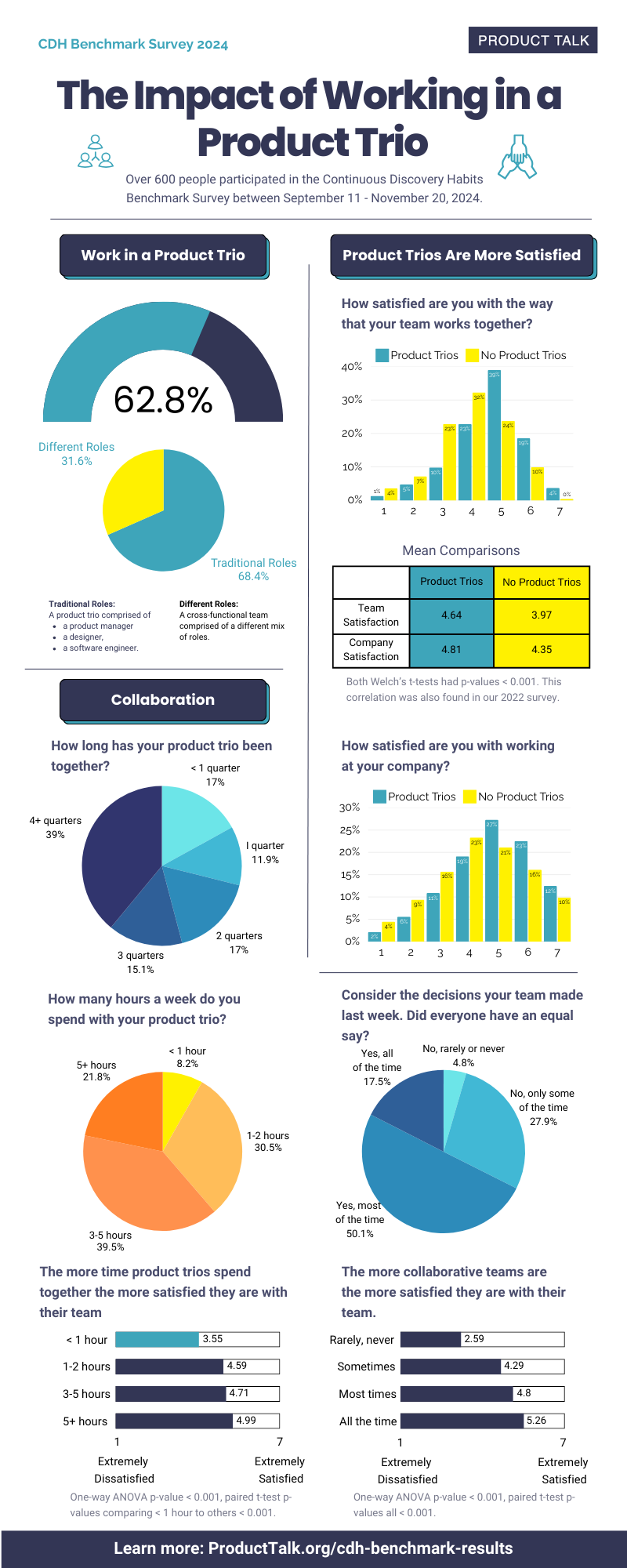
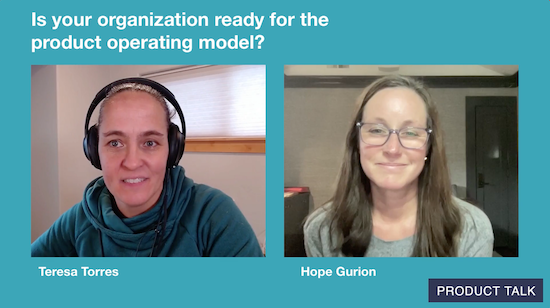



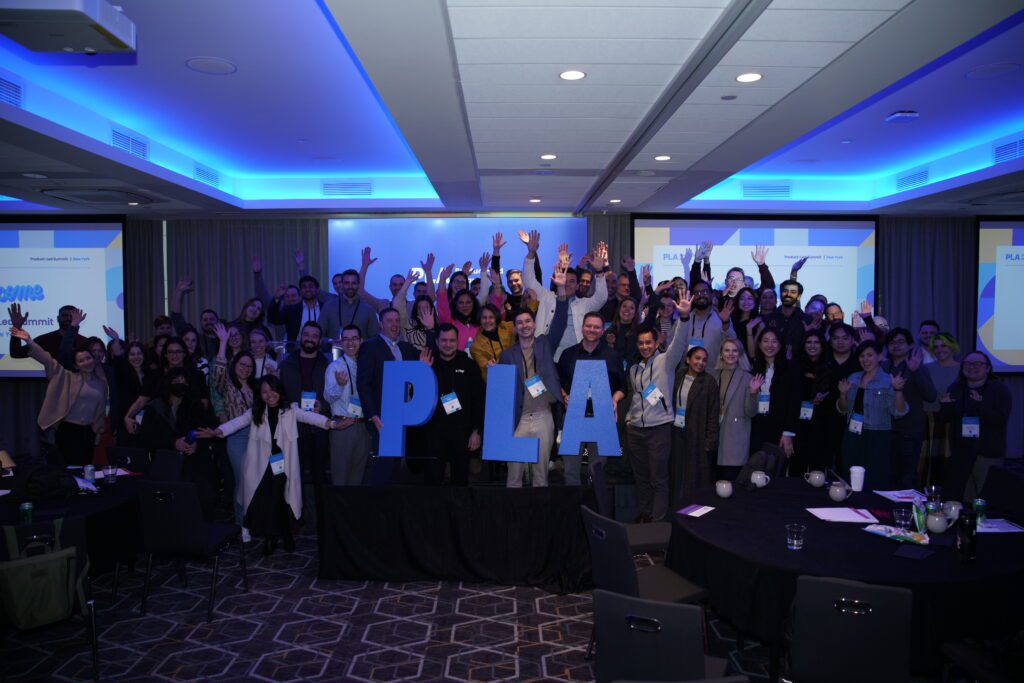












![How to Use GA4 to Track Social Media Traffic: 6 Questions, Answers and Insights [VIDEO]](https://www.orbitmedia.com/wp-content/uploads/2023/06/ab-testing.png)
![Building A Digital PR Strategy: 10 Essential Steps for Beginners [With Examples]](https://buzzsumo.com/wp-content/uploads/2023/09/Building-A-Digital-PR-Strategy-10-Essential-Steps-for-Beginners-With-Examples-bblog-masthead.jpg)
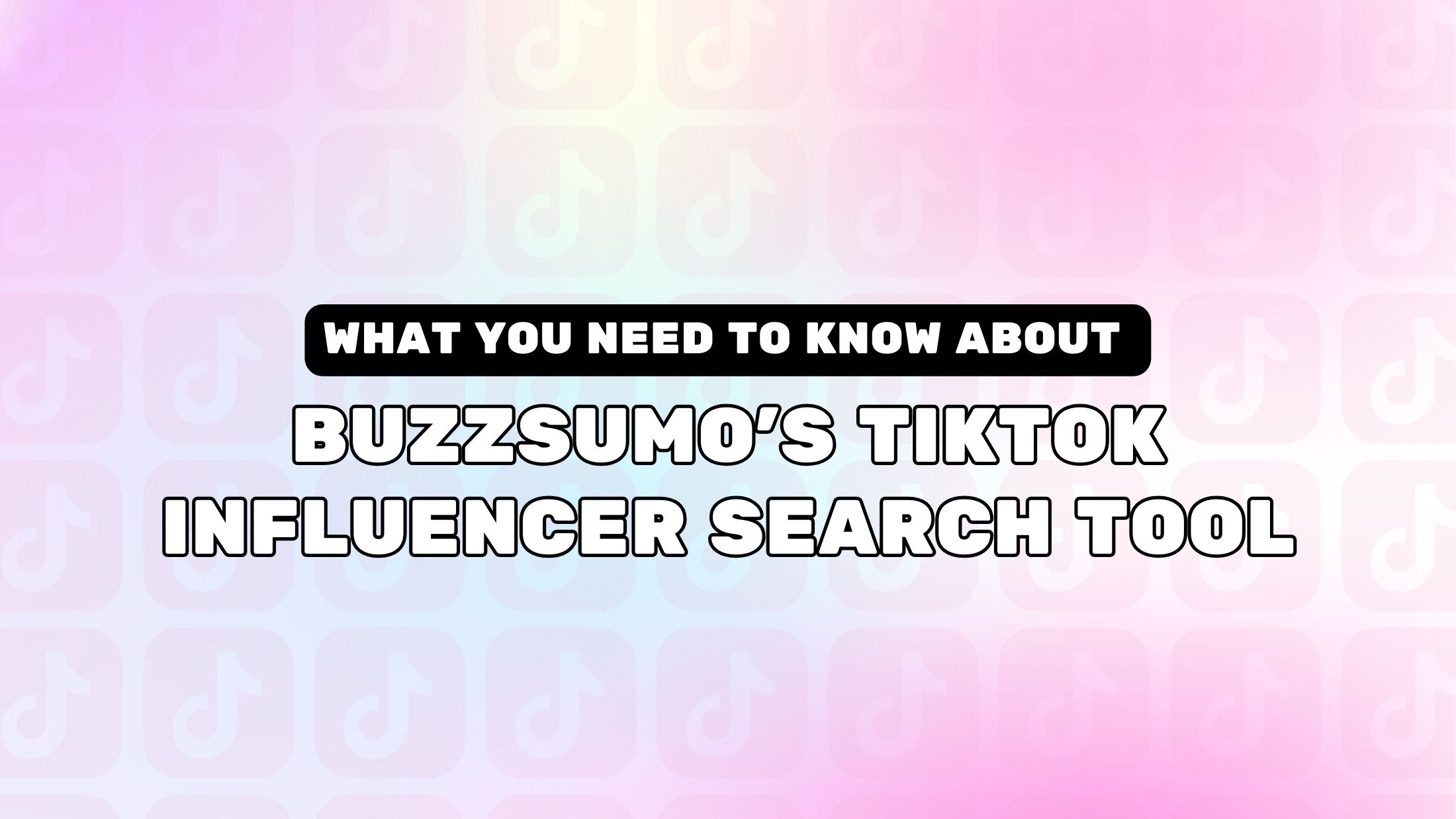
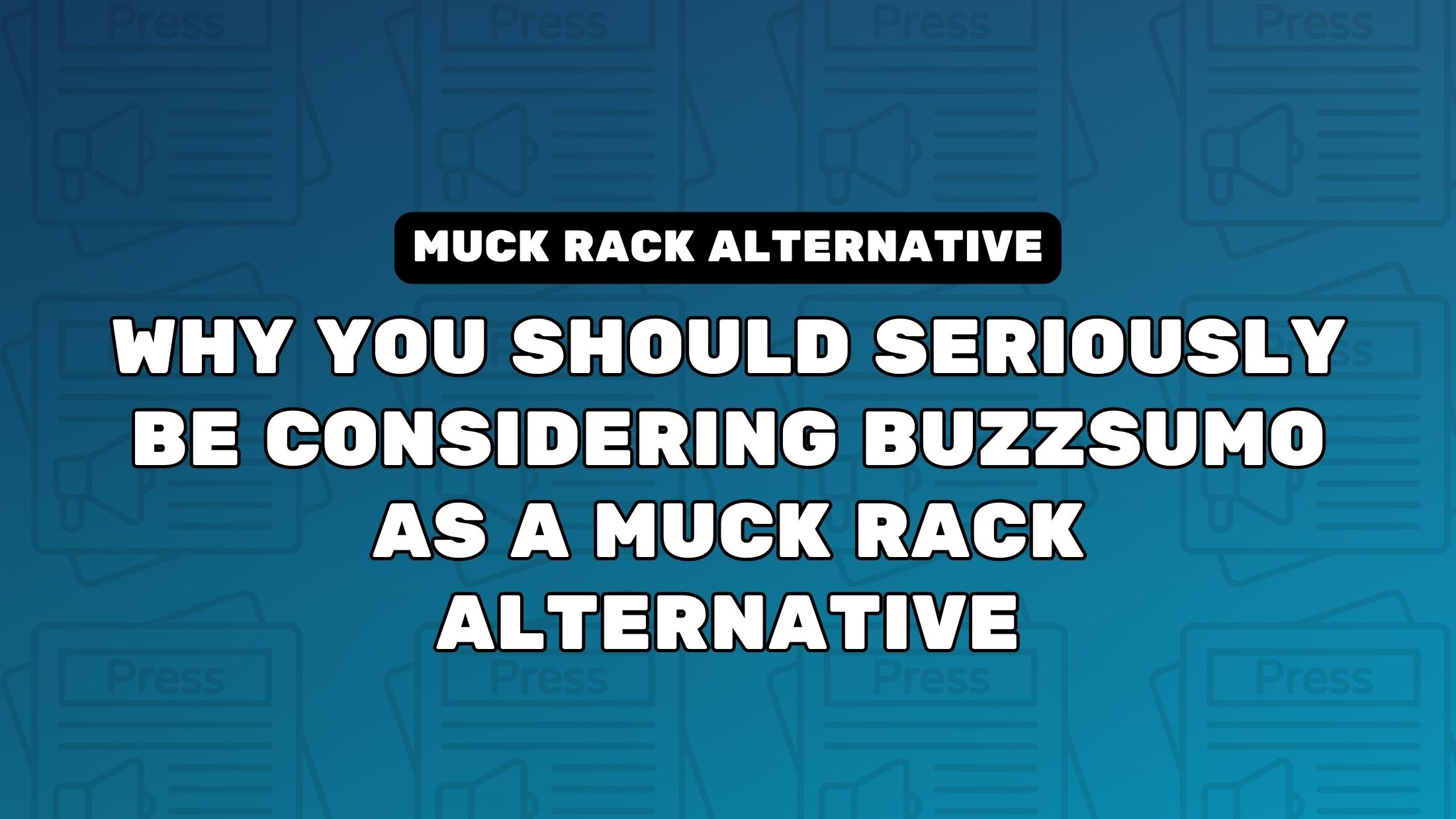
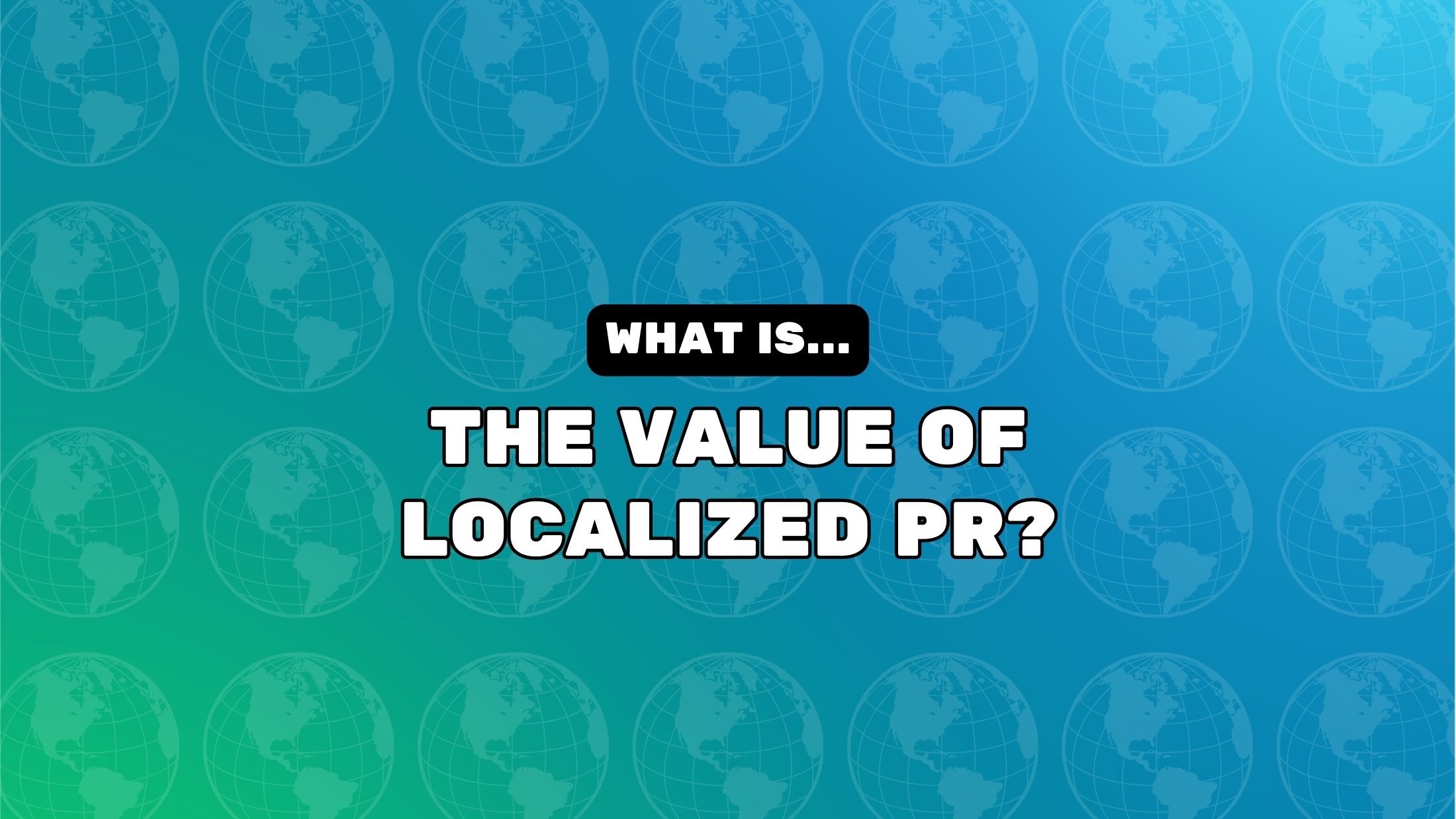
![How Human Behavior Impacts Your Marketing Strategy [Video]](https://contentmarketinginstitute.com/wp-content/uploads/2025/03/human-behavior-impacts-marketing-strategy-cover-600x330.png?#)


![How to Make a Content Calendar You’ll Actually Use [Templates Included]](https://marketinginsidergroup.com/wp-content/uploads/2022/06/content-calendar-templates-2025-300x169.jpg?#)

